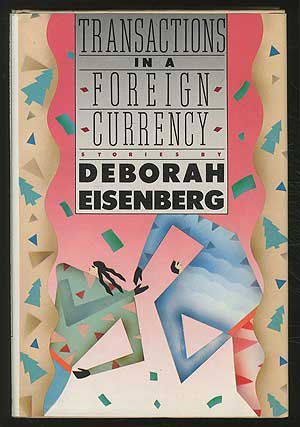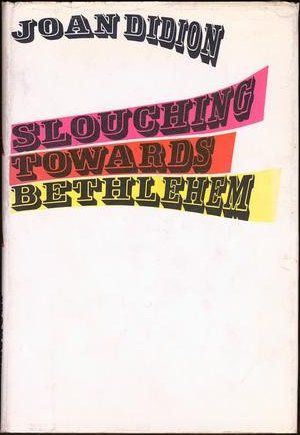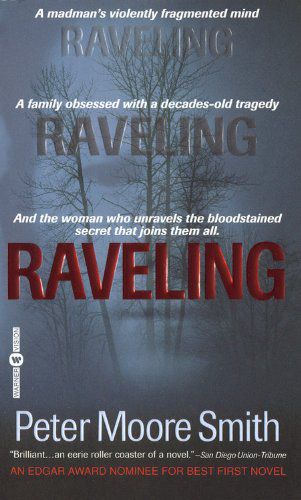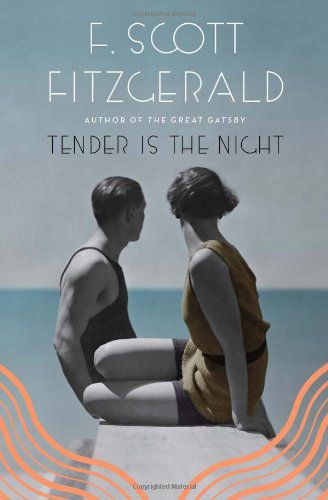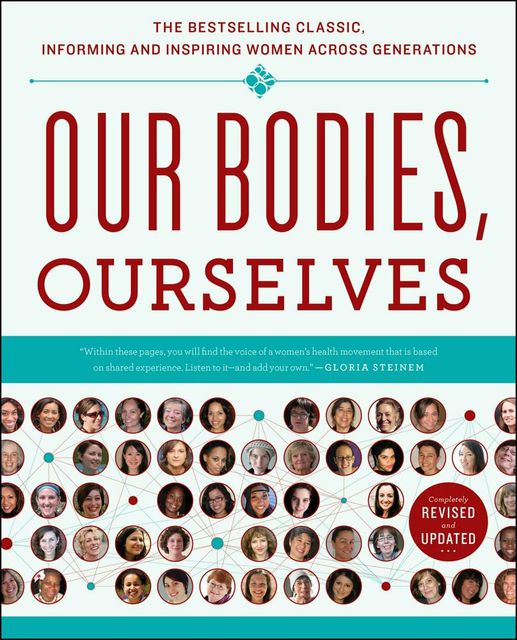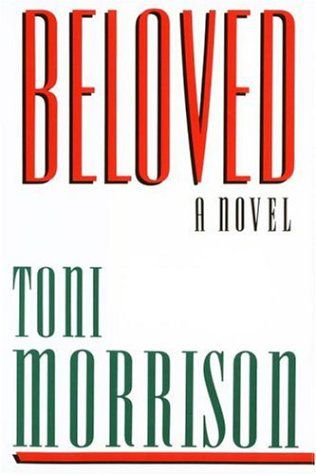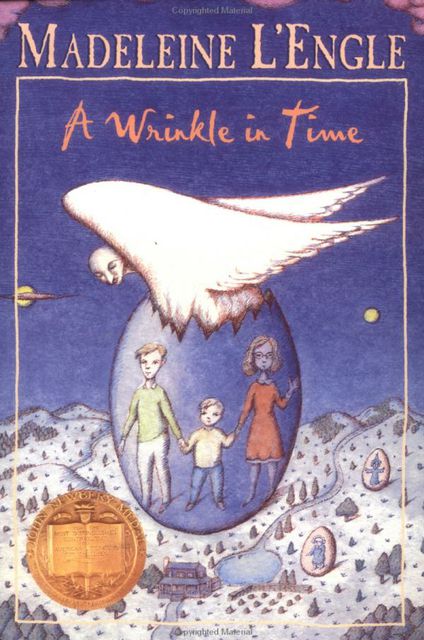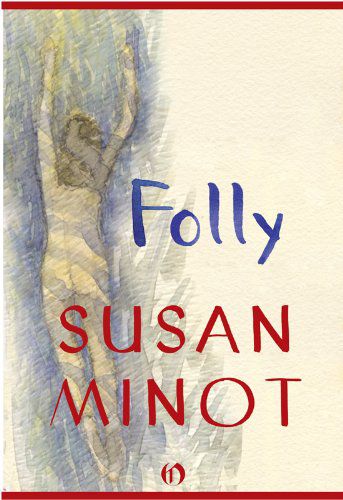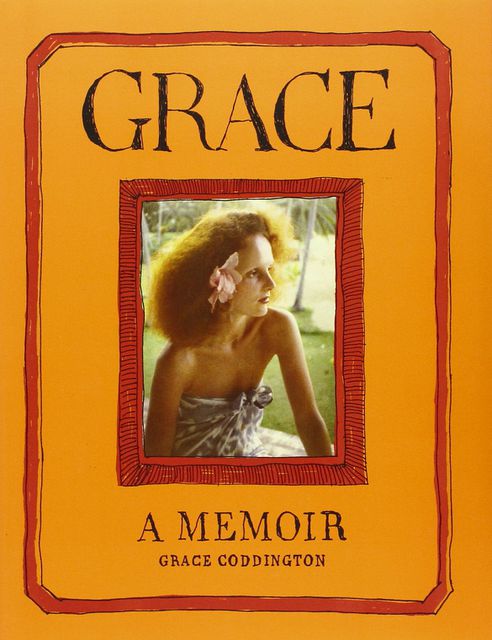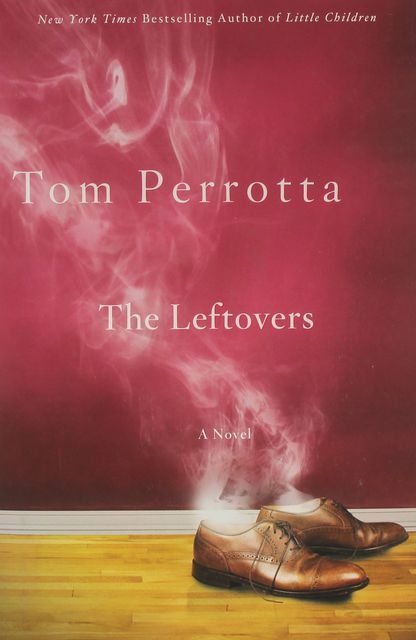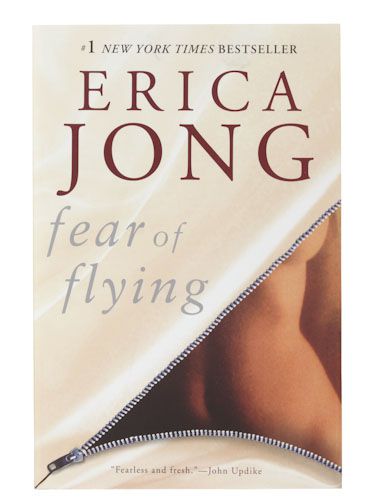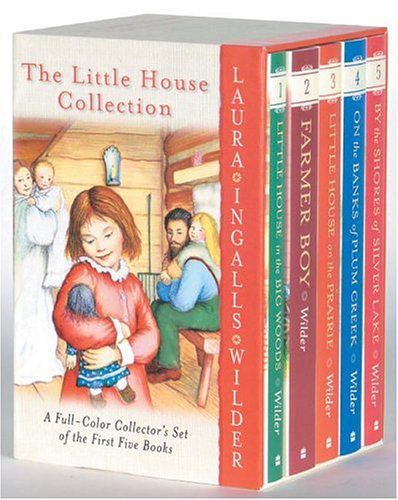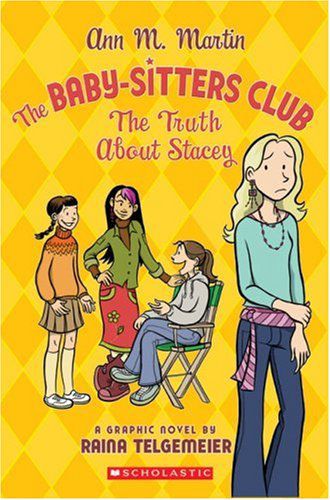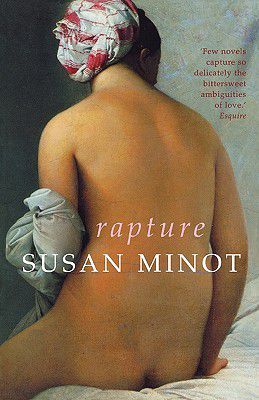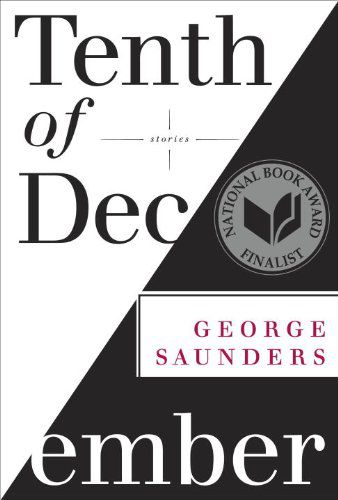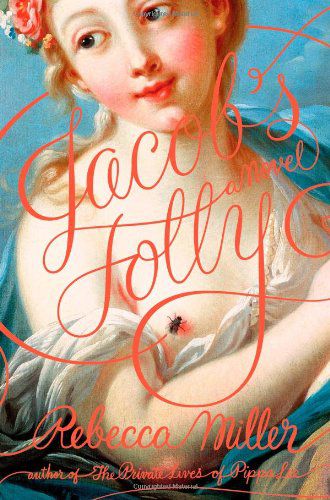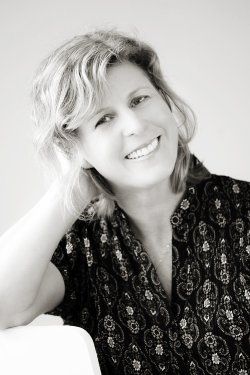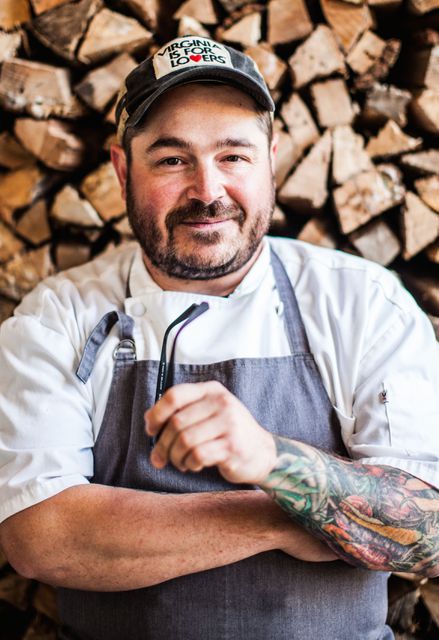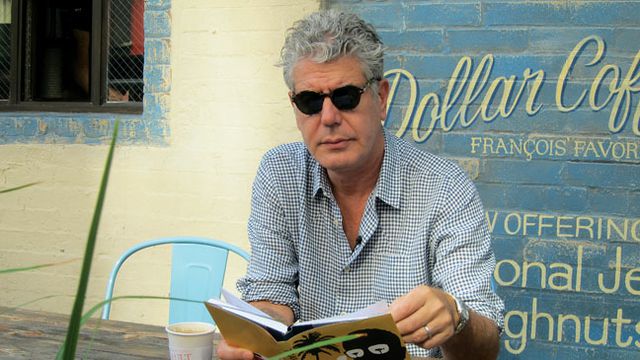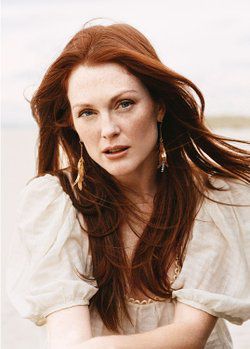
Julianne Moore
A few years ago, a friend gave me a copy of Michael Cunningham's The Hours for my birthday. I hadn't read anything about it, so it was the most exquisite surprise. The writing is gorgeous. These characters are in incredible pain, and the book evokes the difficulty we all have in making decisions about our lives—decisions to be a mother, to be a wife, to be a friend. As isolated as each of these women feels, you eventually learn that their lives are woven tightly together — as are all of our lives, you realize. When I finished the novel, I thought, 'Wow, somebody will try to make this into a movie, but I can't imagine they'll be able to.' A year or two later, I got a phone call and was offered the part of Laura, the character, coincidentally, that I had responded to the most. I was so moved by the way her little boy, Richie, knows his mother and so visibly worries about her, partly because I have a little boy. Children pick up everything from you. When you see your child doing all right, you think, 'Oh, thank God — everything's okay.' Because you know if it weren't, you'd see it all over him. That was what I found so remarkable about their relationship — that even though she struggled to keep her unhappiness from him, her 3-year-old son felt every single thing she was feeling. I've always been intrigued by those kinds of struggles. I seem to have a propensity toward tragedy in fiction and nonfiction. I don't think that's a bad thing, necessarily. What I love most about the books I've chosen is that they reveal how incredibly difficult life is — it's not perfect, it's not rosy — and how what we struggle with is often the best part.
Movie star and best-selling children's book author - Julianne Moore is an American actress and children's author. Prolific in cinema since the early 1990s, Moore is particularly known for her portrayals of emotionally troubled women. Her career has involved both art house and Hollywood films, and she has received four Academy Award nominations.
